Bobcat, Point Reyes National Seashore

This site is dedicated to wildlife and landscape photography.
This site is dedicated to wildlife and landscape photography.
This site is dedicated to wildlife and landscape photography.

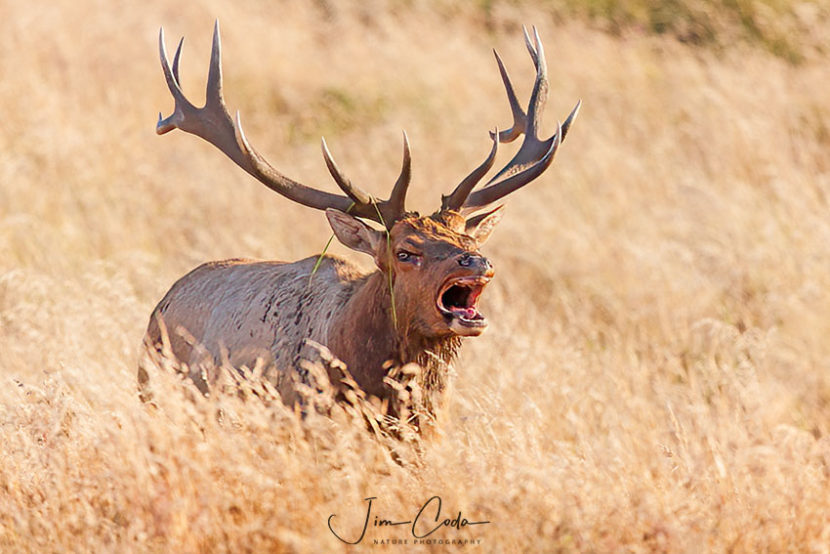
The Rut Is On at Point Reyes. This 7-point bull is bugling to let everyone know he’s in charge, at least until someone bigger comes along and drives him away.
Eight days ago, on December 14, 2021, Point Reyes National Seashore’s Superintendent, Craig Kenkel, announced in a press release that the park would do a new/updated management plan for 2,600-acre Tomales Point area and the tule elk that are held captive there in a fenced enclosure. The new plan would replace an elk management plan that was written way back in 1998.
Below is a photo of the 8-foot woven-wire fence that confines the elk (and most other wildlife) from escaping to better habitat occupied by private ranchers leasing national park system land (at a fraction of what it costs to lease such ranch lands outside the park).

Buried in the middle of the news release is this disturbing news regarding more elk deaths in 2021: “In December 2021, NPS staff completed the annual population census for the Tomales Point elk herd, with the count at 221 animals . . . [T]his represents a reduction from the 2020 census with 293 elk.” You can read the press release here.
Below is a photo taken by Matthew Polvorosa Kline of an elk that died in the fall of 2020 while trying to escape the elk enclosure. This bull got his antlers caught in woven-wire fencing.

While PRNS avoids simply stating how many elk died, the number is 72. That’s a reduction of 25% of the herd in 2021. This is after the herd suffered a loss of 152 elk in 2020 when the herd plummeted from 445 to 293 animals. That was a 34% drop in the herd’s population in 2020. Combining the population declines in 2020 and 2021 totaling 224 animals of the original 445 animals, that’s a 50% reduction in the herd in two years. As discussed below, the reason these locked up elk died is because of a well-known lack of food, water and minerals in Tomales Point, especially during drought years.
Below is photo taken by Matthew Polvorosa Kline of the same dead bull elk in the photo above. It appears the elk got its antlers caught in old discarded woven-wire fencing that NPS didn’t remove when new fencing was installed. NPS tells ranchers to remove old fencing because of the danger it poses to wildlife, but I’ve seen lots of discarded old fence wire out there in the ranching area that has never been removed. Given all this discarded, rusted, old woven-wire fencing, obviously NPS doesn’t always practice what it preaches.

This is not the first time a drought has shown that Tomales Point is not the place hold a herd of wild elk captive. In fact, in no place in the national park system should it be acceptable to keep any wildlife captive for public display. That is the definition of a zoo.
Below is a photo also taken by Matthew Polvorosa Kline of an elk that died in a water hole that was drying up. It appears he got trapped in the soft mud and was not able to free himself. It seems likely he died while trying to escape. This is one of many photos by Mr. Kline of elk that died in the fenced enclosure in 2020.

We need go back no further than the last drought of 2012-2014 to see a similar die-off of major proportions. I wrote a blog about that here.
At that time the elk population dropped from 540 in 2012 to 357 in 2013. That was a loss of 183 animals, or a 34% die off (same percentage as in 2020). The elk population dropped from 357 to 286 in 2014. That’s a loss of another 71 animals, or an additional 20% die off. That’s a total loss of 254 animals or 47% of the elk in 2013 and 2014 in the Tomales Point Elk Reserve. That’s almost half the population in those two years.
One last statistic. NPS management, or rather lack thereof, has caused a decline in the elk population at Tomales Point to drop by 224 animals in the most recent drought and 254 in the previous drought for a total of 478 dead animals. People go to jail for failing to provide food and water for a single horse. How can the Park Service managers at Point Reyes Seashore get away with letting 478 elk die for lack of food and water (and minerals) by enclosing them behind a woven-wire 8-foot fence? For that matter, how can they sleep at night?
All of this is due to the fact that at Tomales Point there isn’t enough water for these elk during droughts. NPS says that it’s more a matter of not enough rain to grow enough food/forage during droughts, but in June and September of 2021 NPS placed seven large water tanks and troughs in the Reserve to provide water for all four herds. NPS did not give them any alfalfa hay or alfalfa pellets which is commonly used to feed elk such as at the National Elk Reserve at Jackson, Wyoming. Tomales Point is also lacking in two essential minerals in the soil and in the plants, namely selenium and copper. It’s no place for holding elk captive. Yet, the Park Service keeps the elk in the 2,600-acre peninsula so the ranchers can have the remaining 28,000 acres of grasslands, creeks and ponds which don’t have all the insufficiencies Tomales Point has.
While the loss of another 72 elk is reason enough to write about, there are other concerns this press release raises.
For one thing, it’s been eight days since the press release. Yet none of the local papers has covered the 72 deaths or the announcement of a new or updated elk management planning process for Tomales Point. I only know of this because someone saw a reprint of the press release in the Sierra Sun Times which covers Mariposa County. How did it get printed there and nowhere else? I don’t know, but Mariposa County includes Yosemite National Park. It may be that an NPS employee in PRNS showed the press release to an NPS employee in Yosemite and that person (or both) felt the news release should be published there, at least. I have to think the Seashore did its best to bury this bad news story and yet be able to say it published it on its website. It is not on the park’s website page where all matters regarding tule elk are addressed, including finally providing water for the elk. But if you go to news/press releases, you will find it. I assume PRNS normally sends its press releases to the news outlets, at least when the news is good. But the news here was bad, very bad.
Another curious thing about the press release is that in the past the park has always included counts for the two wild, free-roaming elk herds and the three counts are normally released well into the next year. The 2020 count was released in March even though the counts were in November and December. These herds, unlike the Tomales Point herd, have never had any significant die-offs because they have adequate food and water (and minerals). What are the results of those 2021 counts? Why is the park holding on to those counts?
Last, but not least, NPS can’t get away with doing an update to its 1998 Tule Elk Management Plan. It is legally required to do an amendment to its 1980 General Management Plan (GMP) like it did for ranching. Actually, NPS said virtually nothing about tule elk in the 1980 GMP, so in my view the GMP would essentially be an original GMP for Tomales Point, not an amendment to something said in the 1980 plan about where and how the elk should be managed. GMPs are where decisions are made as to the use of a land area. An elk management plan is an “implementation plan” under NPS tiered planning procedures. They implement in detail the broad decisions made in GMPs as to how areas of land and its resources are to be managed. How an area of land should be managed is not decided in a lower-tier implementation plan.
The only thing I found in the 1980 GMP about elk was this little parenthetical: “Restoration of historic natural conditions (such as reestablishment of Tule elk) will continue to be implemented when such actions will not seriously diminish scenic and recreational values.”
That’s not a decision on where and how to manage the elk in the park as required in a GMP. As for “scenic” values, I don’t see how elk could harm scenic values. If any animal is harming scenic values, it’s the over 5,000 cattle that live and graze there year-round. It is the cattle that cause creeks to be polluted and covered in algae, soils to be eroded and the non-native plant life to be overgrazed and thereby negatively affect the soils and wildlife species that depend on the plant life.
As for “recreation,” what the 1980 GMP said was clearly wrong legally. Under the 1916 NPS Organic Act and its 1970 and 1978 amendments, Congress made clear to NPS that protection of natural resources, such as elk, trumps recreation. Similar language in the PRNS and GGNRA legislation underscores that. For example, the PRNS legislation contains this mandate regarding the relationship between things like recreation and the obligation to maximally preserve the natural environment:
[The Seashore] shall be administered by the Secretary without impairment of its natural values, in a manner which provides for such recreational, educational, historic preservation, interpretation, and scientific research opportunities as are consistent with, based upon, and supportive of the maximum protection, restoration, and preservation of the natural environment within the area.
16 U.S.C. § 459c-6.
The Park Service should have included Tomales Point in its recently completed GMPA. Because it chose to avoid that, it is in for another three years or so of more planning and controversy over a GMP and, if the decision is to keep these elk locked up like zoo animals, more litigation.
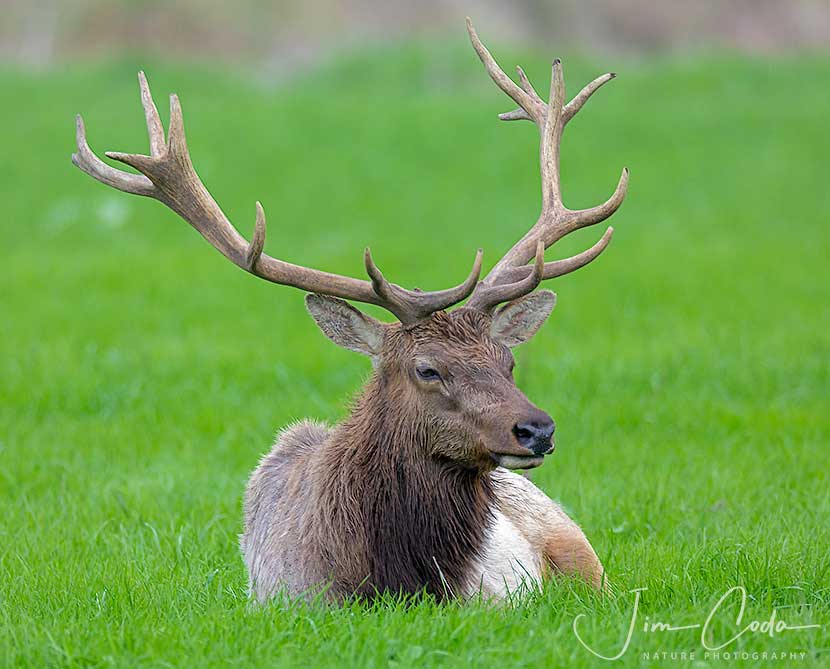
Bull Elk Lying in an Early-Growth Silage Field
Some ranchers who lease ranch lands from the National Park Service at Point Reyes National Seashore are allowed to grow non-native plants to feed to their cattle. The plants are mowed when still green in late April and May. Aside from the fact that this silage growing involves the annual introduction of non-native plants into the national seashore, some ground-nesting and near-ground nesting birds and their nestlings are chopped up during mowing. Also, female deer give birth to and hide their fawns in silage fields. The fawns are also chopped up during mowing. Why the Park Service supports ranching on NPS-owned lands involving over 5,500 cows, let alone silage growing with its annual killing of wildlife, is beyond me.
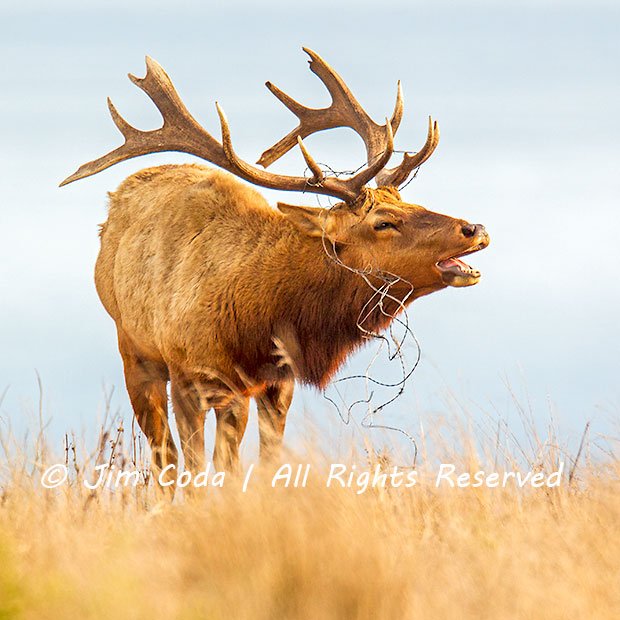 A Point Reyes National Seashore (PRNS) Bull Tule elk with Barbed Wire Caught in His Antlers
A Point Reyes National Seashore (PRNS) Bull Tule elk with Barbed Wire Caught in His Antlers
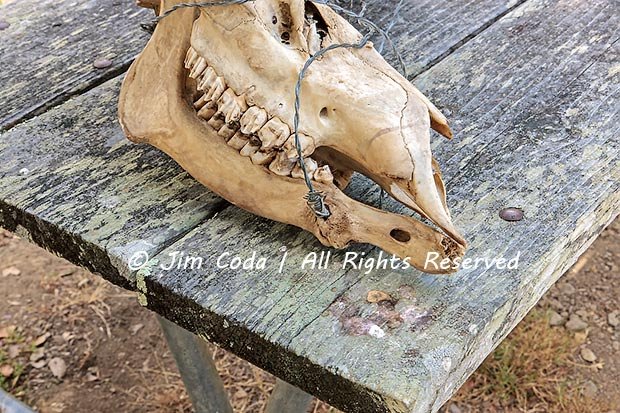 Skeleton of a PRNS Bull Elk Who Died Because Barbed Wire Caught in Antlers Prevented Him from Opening His Mouth.
Skeleton of a PRNS Bull Elk Who Died Because Barbed Wire Caught in Antlers Prevented Him from Opening His Mouth.
I was on a Marin TV show entitled “The People’s Environmental News.” It’s hosted by Barbara McVeigh and and Charlie Siler. The show was about Point Reyes National Seashore and the planning and NEPA process currently underway for whether 28,000 acres of national park land should be managed for national park purposes or for private ranching purposes. Environmentalists want the land to be managed in accordance with the laws requiring the park to protect, preserve and restore the natural resources, including wildlife such as the tule elk. The ranchers want the park to be managed to maximize profit regardless of its effect on wildlife. That requires removing the elk because they eat grass and the ranchers want their cows to get every blade of grass. Thus, the ranchers want the elk removed/shot. They can’t be moved outside the park because they have Johne’s disease which they got from the cattle. For the past 40 years or so the National Park Service has gone along with whatever the ranchers wanted. No, I’m not kidding. The show can be seen here.
I was also on a show last April with Laura Cunningham of the Western Watersheds Project and Skyler Thomas of White Shark Videos. That show was also about ranching and protecting the elk at Point Reyes Seashore. That show can be seen here.
I was at Point Reyes National Seashore last Thursday. K Ranch beef cows were in Kehoe Creek again. There is a fence just a bit beyond the top border of the video that fails occasionally. This scene is the result. The fence should be relocated to the top of the large slope above the creek to keep manure out of the creek in wet periods, but that would remove many acres from the ranch’s grazing area. I emailed the Park Service about the cows and they replied that the rancher had been notified.
There is a planning process underway to determine if ranching should continue on these national park lands or whether the lands should be managed to protect and restore them to a natural condition as required in national parks. Perhaps the most controversial issue is whether the 125 elk that roam through the park’s ranching area should be shot because they eat grass and the ranchers feel that as permittees on park lands their cows are entitled to all the grass. The Park Service has never allocated any forage to elk or other wildlife in the permits.
If you look and listen carefully, you’ll see the top cow defecate and fart at the end of the video. Kehoe Creek, which begins and ends within the Seashore, is rated as one of the most polluted streams in California.
Here are some of my favorite photos that I blogged about in 2019.
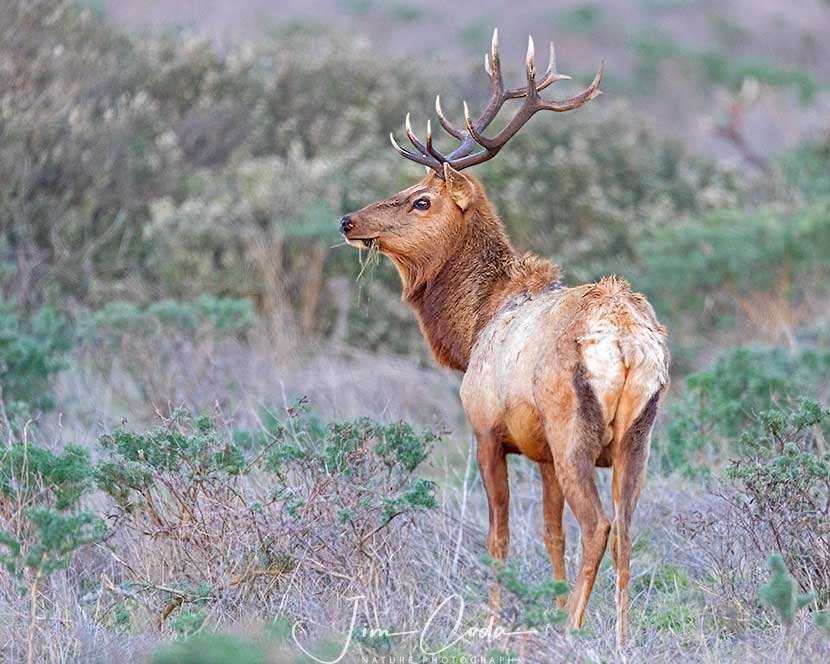 A bull tule elk feeds at sunset inside the elk enclosure at Point Reyes National Seashore.
A bull tule elk feeds at sunset inside the elk enclosure at Point Reyes National Seashore.
At Point Reyes National Seashore 400-500 elk are kept locked up behind an 8-foot tall woven-wire fence to keep them away from the ranchers who live on and control 28,000 acres of park land and raise 6,000 dairy cows, beef cattle and sheep. NPS bought their ranches decades ago, but never removed them. The 28,000 acres are managed as the ranchers want, not as lands in a national park are supposed to be managed. I know of no other national park where wildlife is locked up like in a zoo for the visitors to see.
 A night view of Angel Island, Alcatraz and San Francisco.
A night view of Angel Island, Alcatraz and San Francisco.
 Mountains and fog at dawn in Torres del Paine National Park
Mountains and fog at dawn in Torres del Paine National Park
 A mother guanaco and her chulengo appear before sunrise in Torres del Paine National Park.
A mother guanaco and her chulengo appear before sunrise in Torres del Paine National Park.
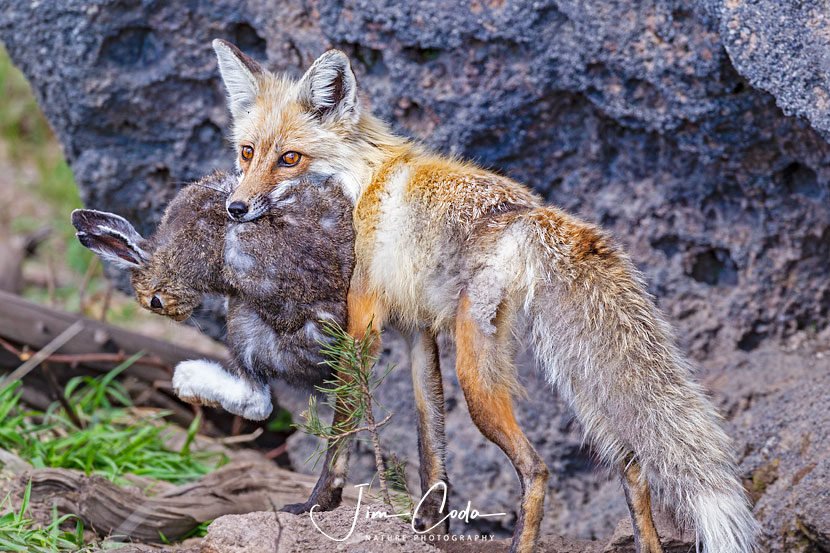 A red fox mom returns to her den with an arctic hare to feed her kits in Yellowstone National Park.
A red fox mom returns to her den with an arctic hare to feed her kits in Yellowstone National Park.
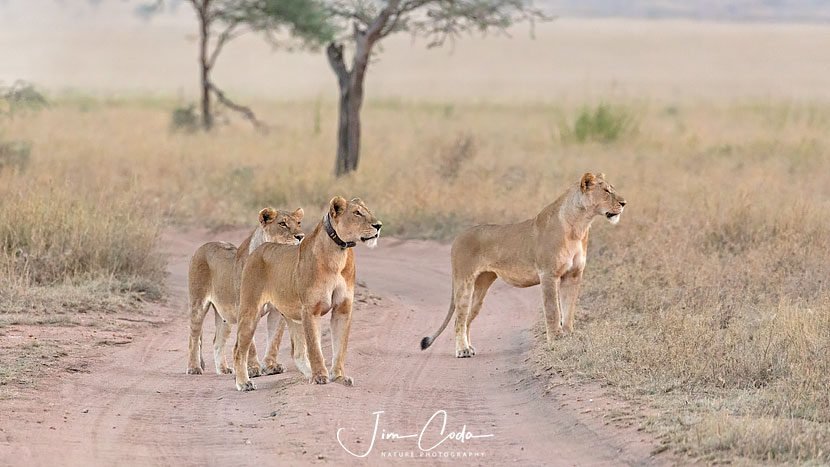 Three lionesses are on the hunt in Serengeti National Park.
Three lionesses are on the hunt in Serengeti National Park.
 A bald eagle perches on a limb in Alaska.
A bald eagle perches on a limb in Alaska.
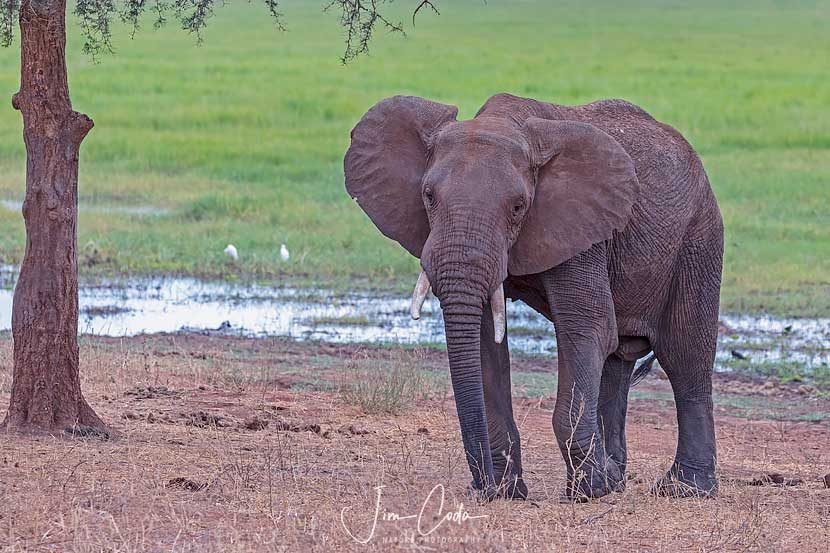 A male elephant walks near a wetland in Tarangire National Park, Tanzania.
A male elephant walks near a wetland in Tarangire National Park, Tanzania.
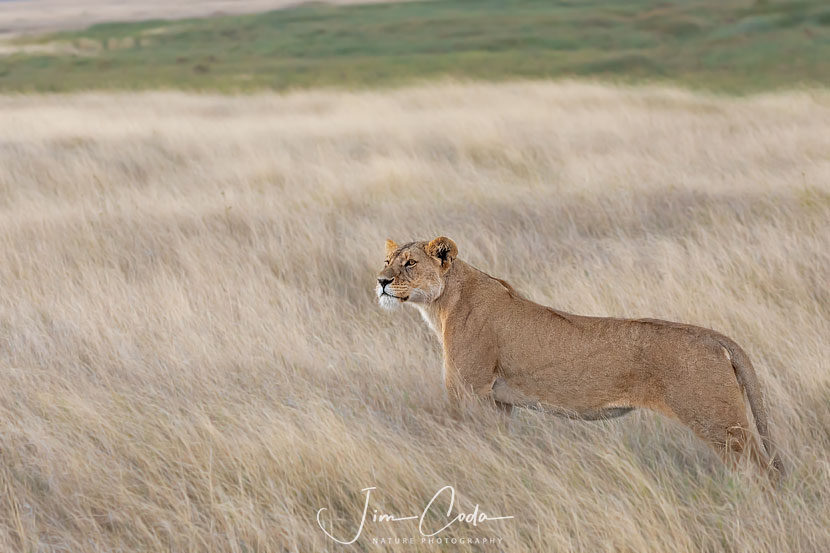 An African lioness surveys her domain in Serengeti National Park.
An African lioness surveys her domain in Serengeti National Park.
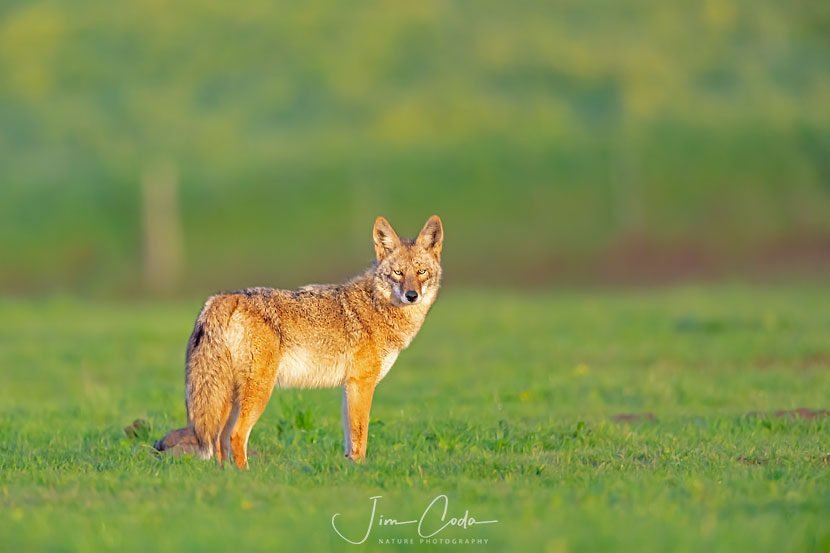 A coyote stops just before sunset as it travels across a ranch pasture in Point Reyes National Seashore.
A coyote stops just before sunset as it travels across a ranch pasture in Point Reyes National Seashore.
The National Park Service purchased the ranches several decades ago, but it has never made the ranchers leave.
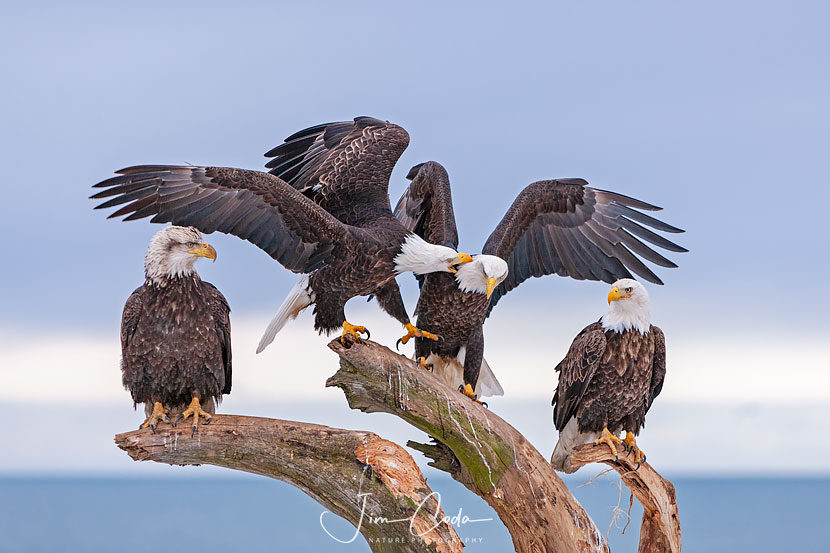 One bald eagle bites another at Homer, Alaska.
One bald eagle bites another at Homer, Alaska.
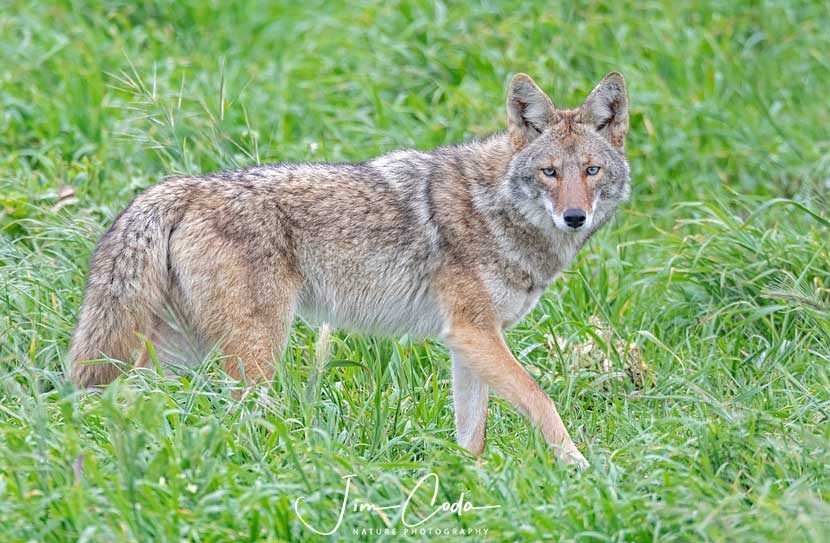 A coyote walks across a ranch pasture full of non-native European grasses in Point Reyes Seashore.
A coyote walks across a ranch pasture full of non-native European grasses in Point Reyes Seashore.
The National Park Service prioritizes private ranching over wildlife in Point Reyes National Seashore. This is the worst example of privatizing a national park that I am aware of. It involves 28,000 acres of national park land. If anyone knows of a worse example, please let me know.
